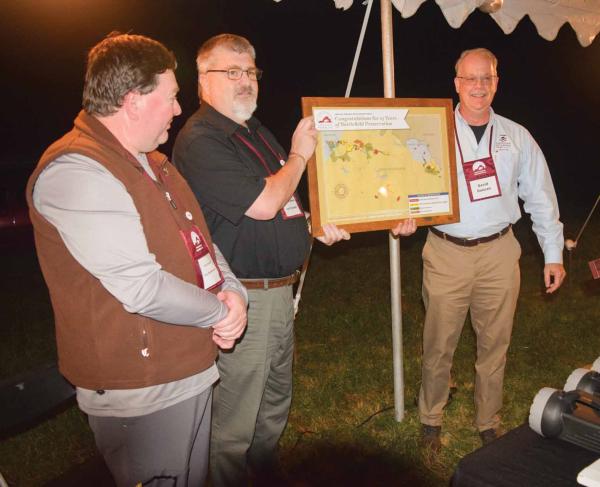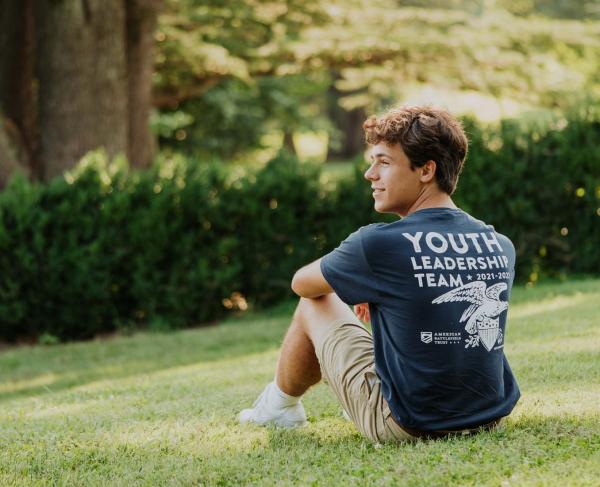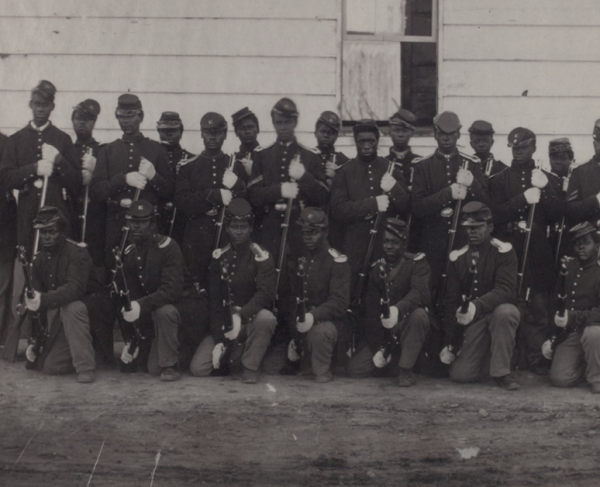Success Stories: The Harris Farm, Spotsylvania Court House
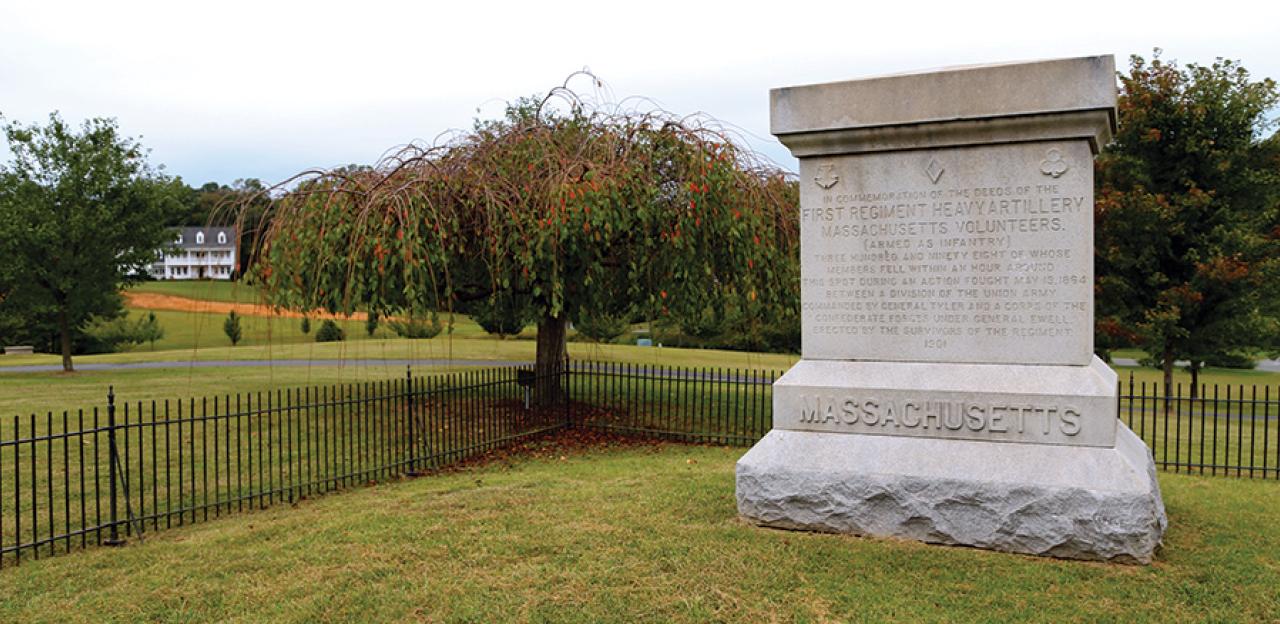
In May 1989, the fledgling Association for the Preservation of Civil War Sites (APCWS) scored its second-ever save when it formally took title to 1.5 acres of the Harris Farm, scene of the final action of the Battle of Spotsylvania Court House on May 19, 1864.
The Union army’s defeat near the Mule Shoe Salient on May 18 convinced Lt. Gen. Ulysses Grant that further attacks against Confederate entrenchments at Spotsylvania were futile. Instead, he needed to lure Gen. Robert E. Lee into the open and sent Maj. Gen. Winfield Scott Hancock’s corps to threaten Confederate communications with Richmond. When Lee, perforce, evacuated his trenches, Grant would pounce.
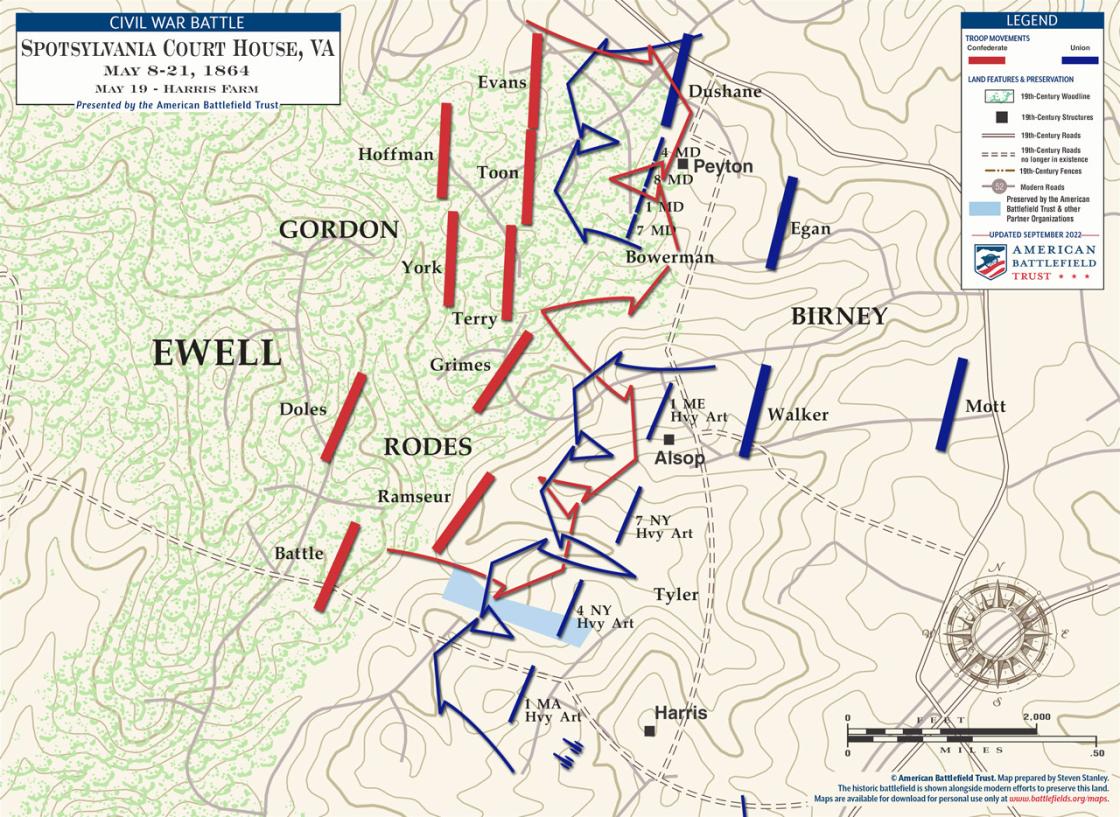
Watching Grant withdraw troops in preparation for this movement, Lee became puzzled. Was Grant massing for another attack? Or was he planning to leave Spotsylvania altogether? Lt. Gen. Richard Ewell’s corps was sent on a reconnaissance-in-force to locate the Army of the Potomac’s northern flank. The Rebels set off near midafternoon, crossing the Ni River and turning southeast toward the Harris and Alsop Farms, both of which lay along the Fredericksburg Road, Grant’s supply line.
Blocking their path were five regiments of Union heavy artillery, led by Brig. Gen. Robert Tyler. Grant had recently pulled the so-called Heavies from the defenses of Washington, given them rifles and used them to offset the Army of the Potomac’s losses at the Bloody Angle. Veterans derisively referred to heavy artillerymen as “bandbox soldiers.” Although new to infantry battle, each heavy artillery regiment was the size of a Confederate brigade. They fought with fresh spirit, and, once reinforced, slugged it out with Ewell’s veterans until nightfall allowed the Confederates to fall back.
The Heavies paid for their bravery in blood. The 1st Massachusetts suffered 390 casualties on the Harris Farm; the 1st Maine, fighting at the Alsop Farm, lost 481. Total Union casualties reached 1,500 men during this last major combat at Spotsylvania. The Overland Campaign next shifted to the banks of the North Anna River.
The Trust-protected property (shown in blue on the battle map), which includes a prominent stone monument to the 1st Massachusetts Heavy Artillery, was donated by Agnes McGee, who had joined APCWS as a “life member” — the term then used for donors making gifts in excess of $1,000 — shortly after the organization’s founding.
McGee, who passed away in 2007, days shy of her 90th birthday, was a prominent fixture in local politics for decades. A 1989 Fredericksburg Free Lance-Star editorial referred to her as a “farmer, political gadfly and community activist ... one of Spotsylvania County’s leading citizens.” A feature article chronicling her colorful life only months before her passing quoted Fredericksburg and Spotsylvania National Military Park historian John Hennessy summarizing her reputation in local preservation circles succinctly: “Agnes is a Spotsylvania icon and hero.”
The McGee family came to live at the farm historically known as Bloomsbury — the Clement Harris family owned it at the time of the Civil War, giving the battle its name — in 1927. The Scottish immigrants operated a successful, 400-acre dairy farm with Agnes, who never married after the death of her U.S. Marine sweetheart on Okinawa in WWII, gradually taking over operations.
Amid the hard work of farming, Agnes McGee discovered a love of politics. She helped establish the Spotsylvania Women’s Club in 1950, a group that successfully sought major quality-of-life improvements for the then-rural county — bringing a bank to the courthouse area, recruiting a doctor for the county and forming a rescue squad. In the 1960s, she was the first woman president of the county election board. She later served on the committee that designed the official county seal.
Despite her activism, McGee eschewed running for office herself. Instead, she attended nearly every Board of Supervisors meeting and was unafraid to voice her opinions on matters of all kinds. She favored one seat in the audience so strongly that it now bears a plaque in her memory.
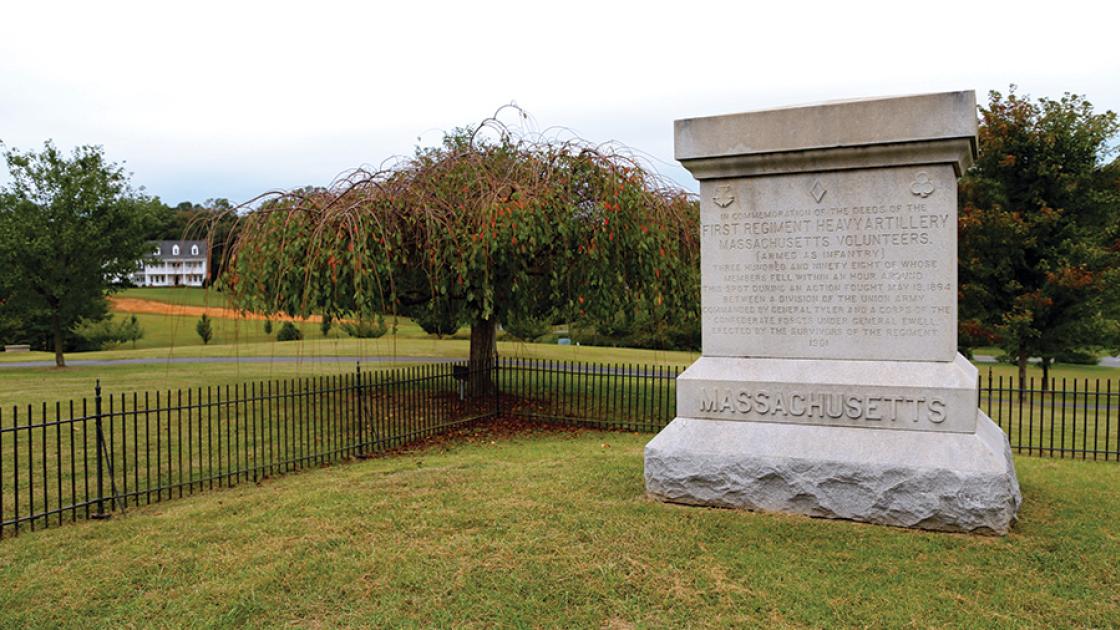
In addition to caring for her cows, McGee also cared for the 1st Massachusetts monument for many years. She followed the lead of her father, who freely granted access to the site to descendants, history lovers and other curious parties. “We never told anybody they couldn’t go down there to see it,” she declared in a 1998 oral history interview with the Central Rappahannock Regional Library. “We didn’t think it belonged to us. It really belongs to the public.”
Beginning in the 1970s, McGee subdivided and sold portions of the farm to developers, retaining several acres around the monument and the historic home, which dated to the late 1780s, as her residence. When the Association for the Preservation of Civil War Sites was founded in nearby Fredericksburg, the history-loving Agnes was an early supporter and swiftly entered discussions with the board to gift the new organization the monument site. Today, the 1.5-acre property, surrounded by an upscale subdivision, is owned by the Central Virginia Battlefields Trust. Another three acres are protected by conservation easement.
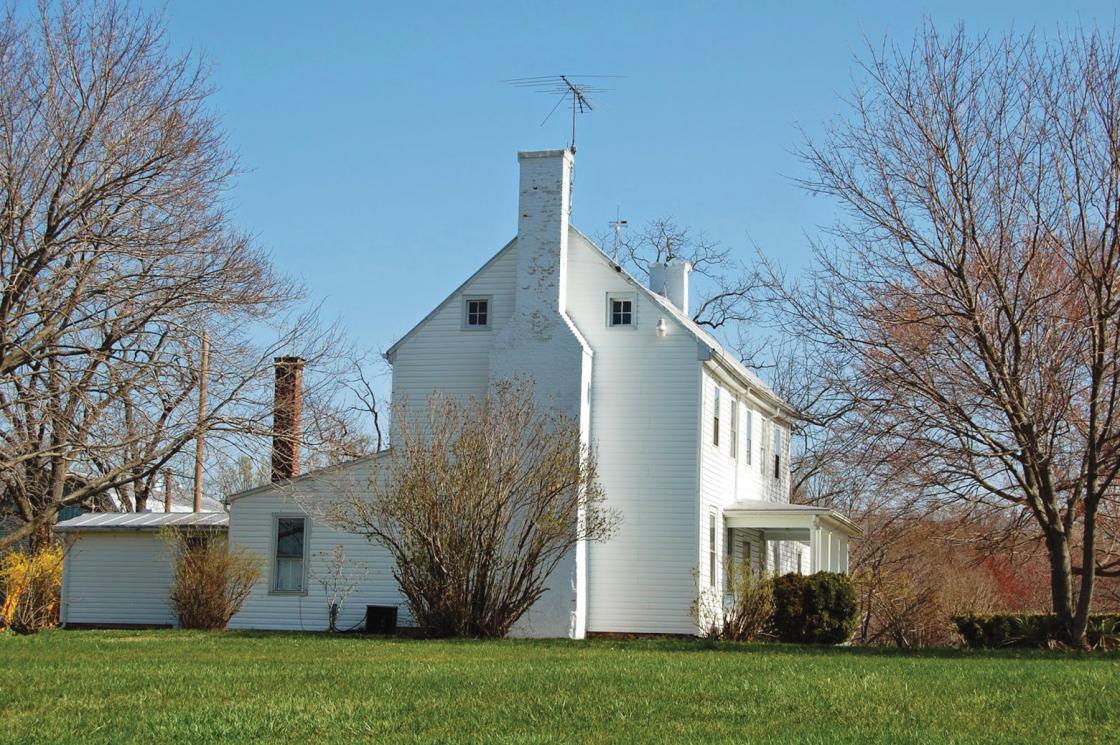
Sadly, the historic farmhouse is no more. Although it had been placed on the National Register of Historic Places — both for its role as a battle landmark and hospital and its status as one of the oldest residences in Spotsylvania County — in 2000, the structure deteriorated after McGee’s death.
In November 2014, an LLC purchased the home and 2.5 surrounding acres for $125,000. One of the group’s principles had previously renovated historic properties in downtown Fredericksburg and stated he intended to rehabilitate the farmhouse. But, as he told the Fredericksburg Free Lance-Star, “The termites beat me to it about 10 years ago, and there was nothing left…. We just decided it was too dangerous to bring back to life.”
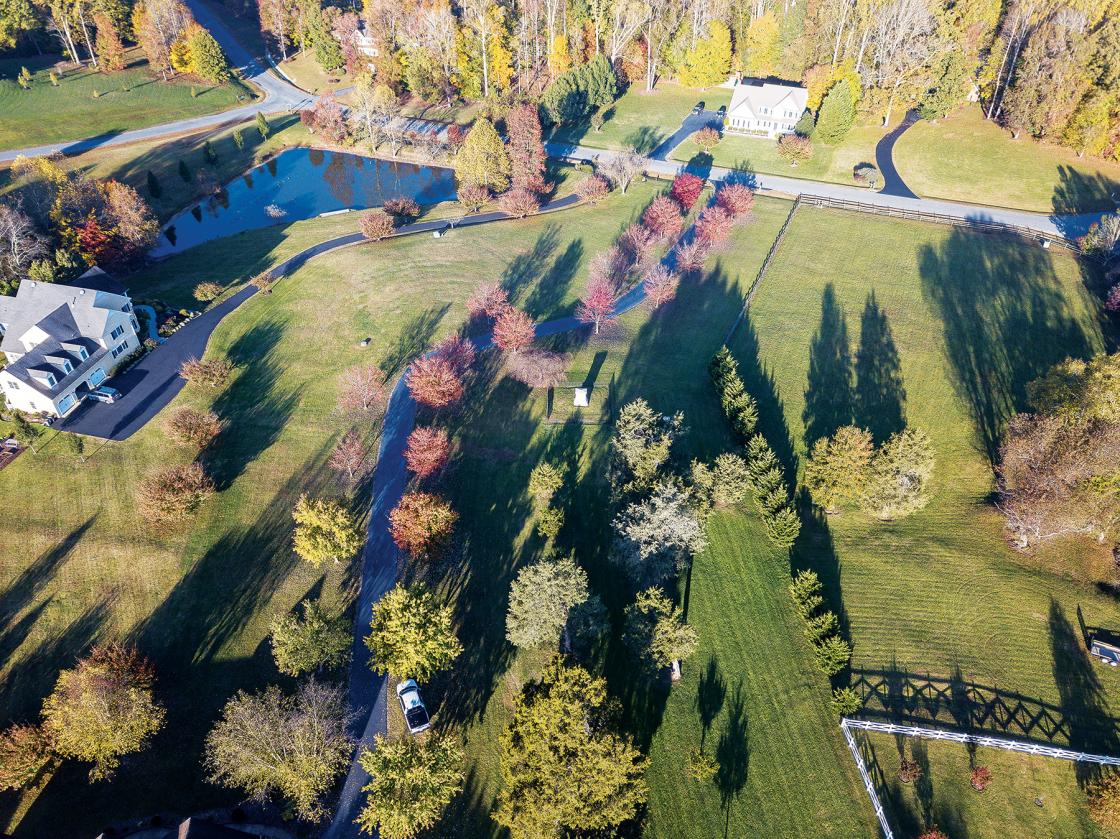
Local historians and activists were outraged that the structure was demolished with little warning just one month later. An application to raze the home and surrounding nonhistoric farm buildings was approved by the county because, in the absence of a historic district overlay or conservation easement, it had no recourse to protect the privately owned property. The tragic situation helped illustrate the limits of protection offered by various listings, none of which inherently confer legal protection.
***
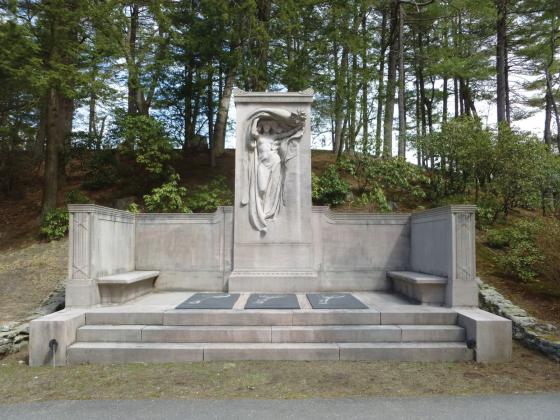
More Memorials to the 1st Massachusetts Heavy Artillery
The marker in Spotsylvania County is not the only famous monument to remember the 1st Massachusetts Heavy Artillery. The Melvin Memorial in Sleepy Hollow Cemetery, Concord, Mass., is dedicated to the memory of three brothers who died fighting for the Union in Company K of that regiment: Asa Heald Melvin, killed at Petersburg, June 16, 1864; John Heald Melvin, died in a military hospital at Fort Albany, Va., October 13, 1863; and Samuel Melvin, taken prisoner at Harris Farm and died at Andersonville prison, September 1864. It was commissioned by fourth brother, James C. Melvin, who survived the war, and approached childhood friend and neighbor, the famous sculptor Daniel Chester French, to produce the piece. “Mourning Victory” was dedicated on June 16, 1909, with 88 veterans of the regiment in attendance.
Related Battles
18,399
12,687
